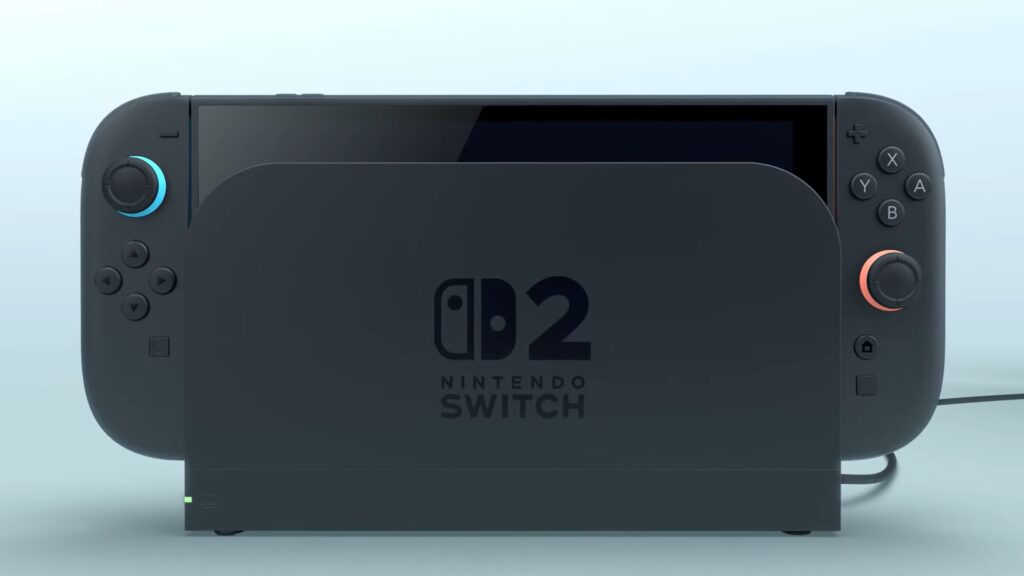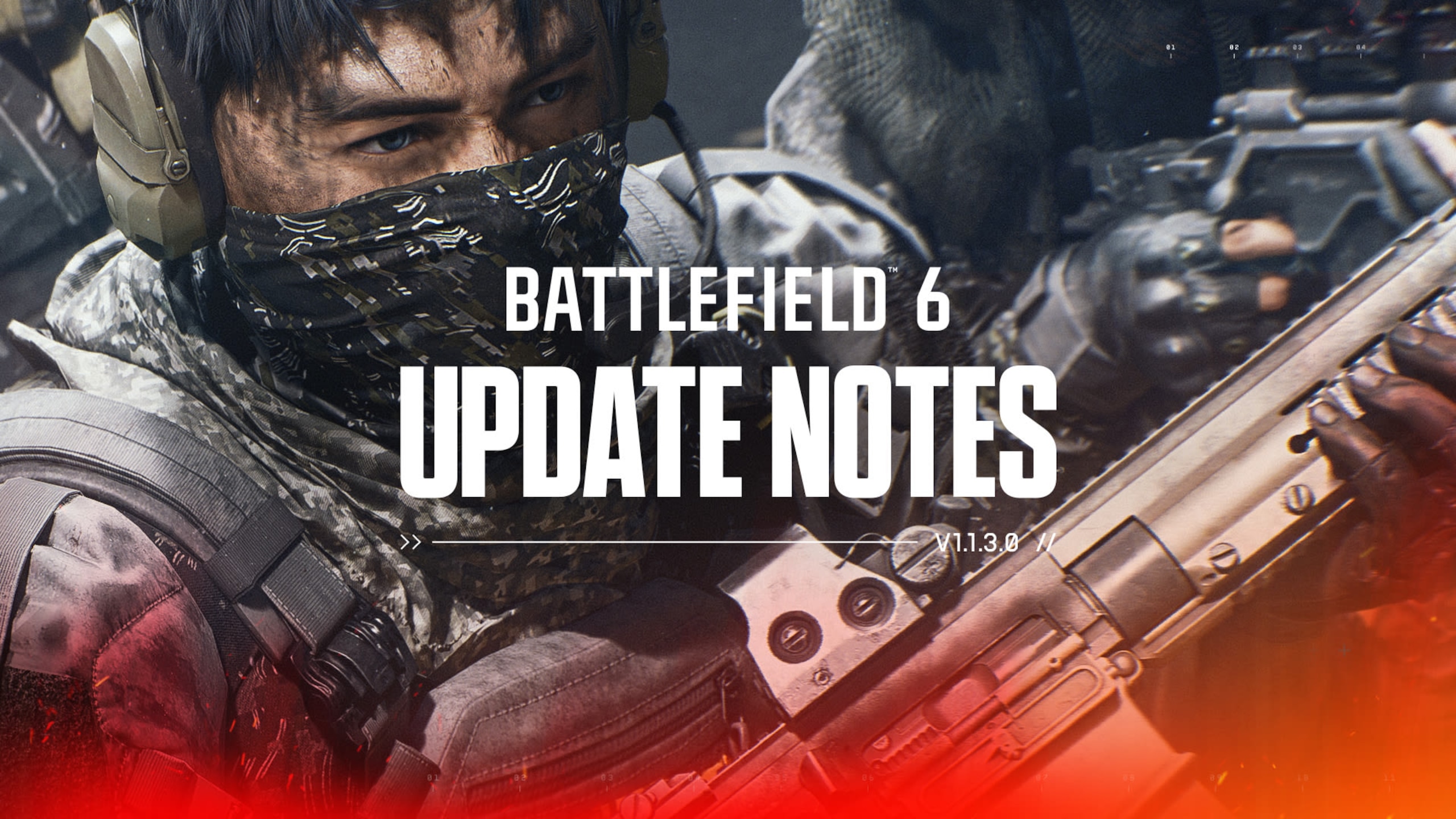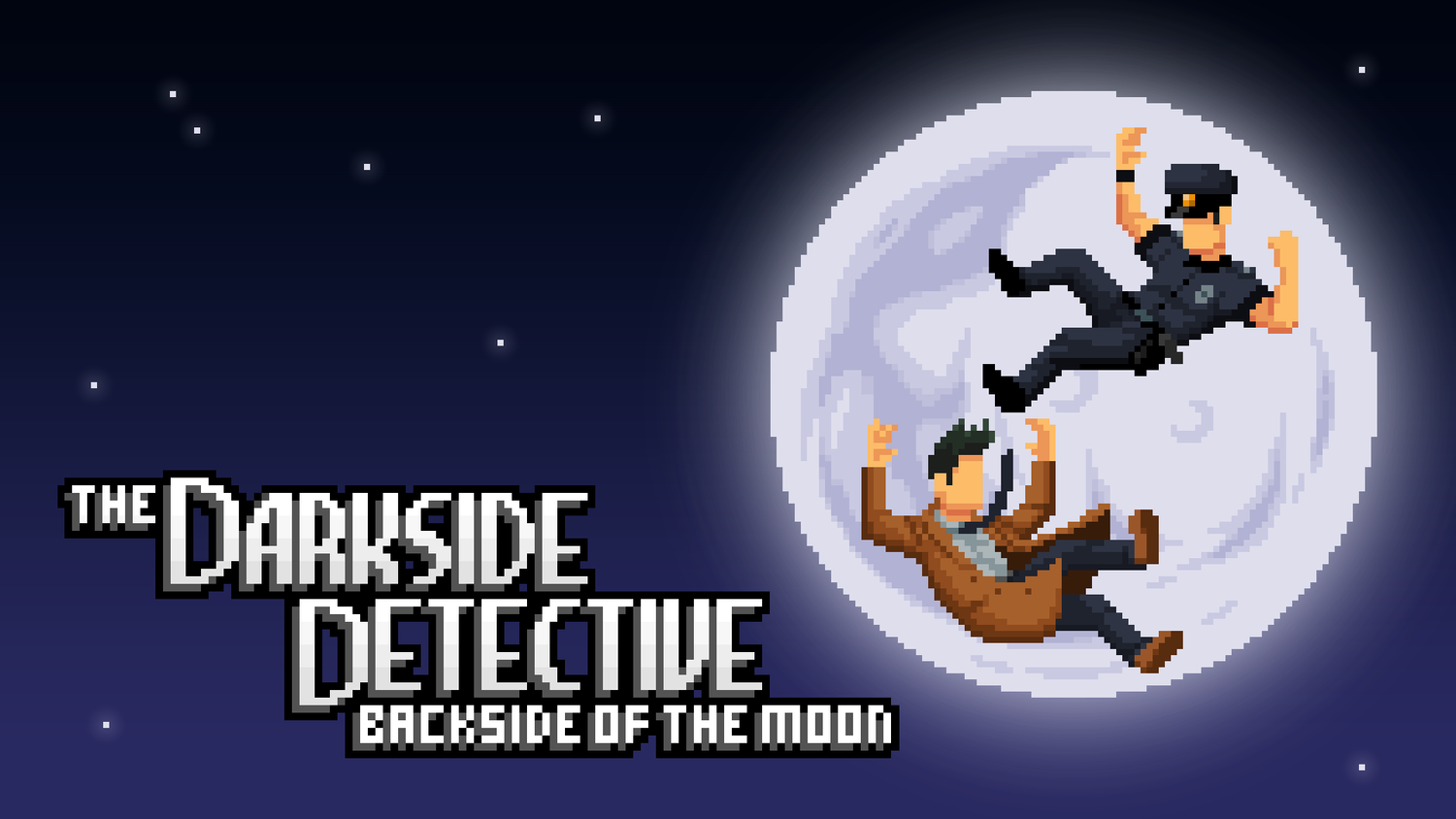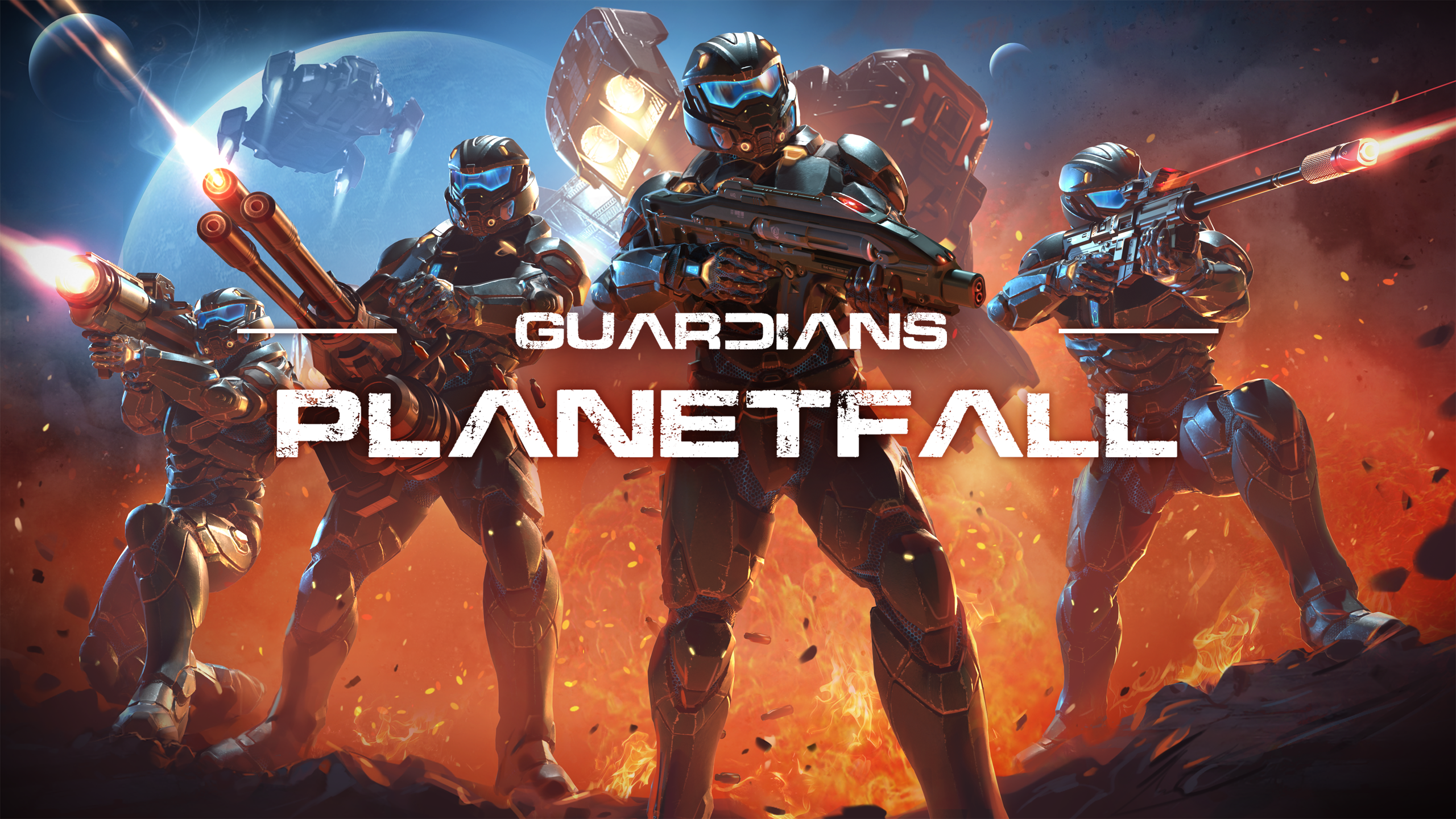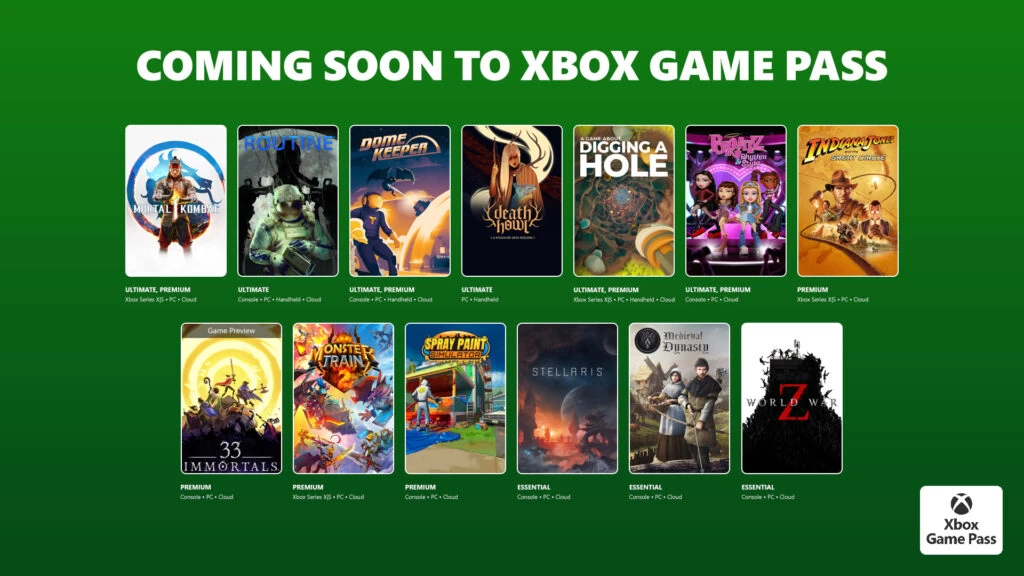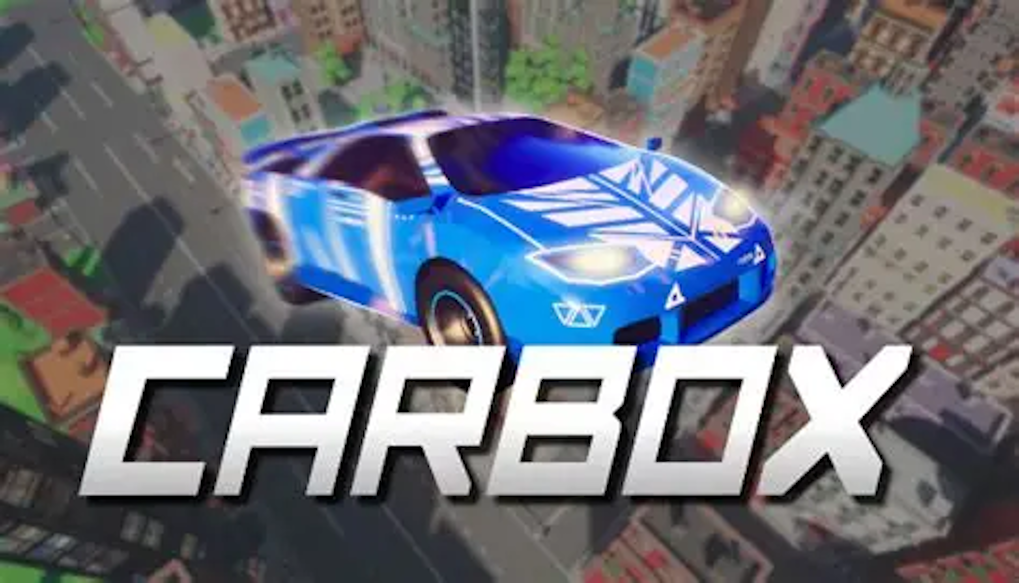Nintendo has traditionally used older console hardware in new consoles to enable backwards compatibility on systems like the 3DS and Wii U.
While Nintendo had confirmed that the Switch 2 allow players to play Switch games through backwards compatibility, the company has now revealed more details on how this works. In an Ask the Developer Q&A, Switch 2 director Takuhiro Dohta revealed that backwards compatibility on the upcoming console isn’t the result of it featuring hardware from the original Switch.
For context, the Nintendo 3DS was able to play games made for the DS due to it including some of the older handheld’s hardware. The PS2 similarly was able to make use of embedded PSOne hardware to play older titles. According to Dohta, technical considerations made it difficult for Nintendo to approach backwards compatibility in the same way on the Switch 2.
“When we first started Switch 2 development, the focus was on enhancing its performance as hardware, namely, expanding its capacity,” said Dohta. “So, compatibility was a lower priority. For example, Nintendo DS games were playable on Nintendo 3DS, and Wii games were playable on Wii U, but it was difficult to achieve the same level of compatibility with Switch 2, because the hardware design approach was different from those systems.”
Switch 2 producer Kouichi Kawamoto added on to the statement, explaining how backwards compatibility worked in Nintendo’s previous consoles. The Switch 2, on the other hand, doesn’t include any of the hardware from the original Switch.
“Simply put, those systems were compatible because Nintendo 3DS contained Nintendo DS hardware and Wii U contained Wii hardware,” said Kawamoto. “However, Switch 2 doesn’t contain any Switch hardware.”
Dohta describes the approach to backwards compatibility on the Switch 2 as being “something that’s somewhere in between a software emulator and hardware compatibility.” Through this, the new console is able to convince a game into thinking that it is running on the original Switch. For its part, the Switch 2 converts the game’s Switch data in real-time as the game is running.
Currently, Nintendo has revealed that around 122 of its own games, along with more than 15,000 third-party games will be playable on the Switch 2 through backwards compatibility. There are also some Switch games that would face compatibility issues with the Switch 2 owing to the required dedicated hardware. This includes titles like 1-2-Switch, Ring Fit Adventure, and Game Builder Garage, among others, due to quirks of the Joy-Con and Joy-Con 2 controllers.
Dohta had previously mentioned that running Switch games on the Switch 2 would also lead to better performance and stability for the games owing to the upcoming console’s stronger hardware. He noted that, even if a player doesn’t buy the Switch 2 Edition upgrade packs, they will still enjoy a better experience with the games on the new console thanks to features like GameChat.
Switch 2 Edition upgrade packs, on the other hand, will offer improved experiences for several Switch games, including The Legend of Zelda: Tears of the Kingdom and Super Mario Party Jamboree. The upgrade packs will also bring in new content for some games, while others will only get performance and resolution boosts.
The Nintendo Switch 2 is slated for launch on June 5.

